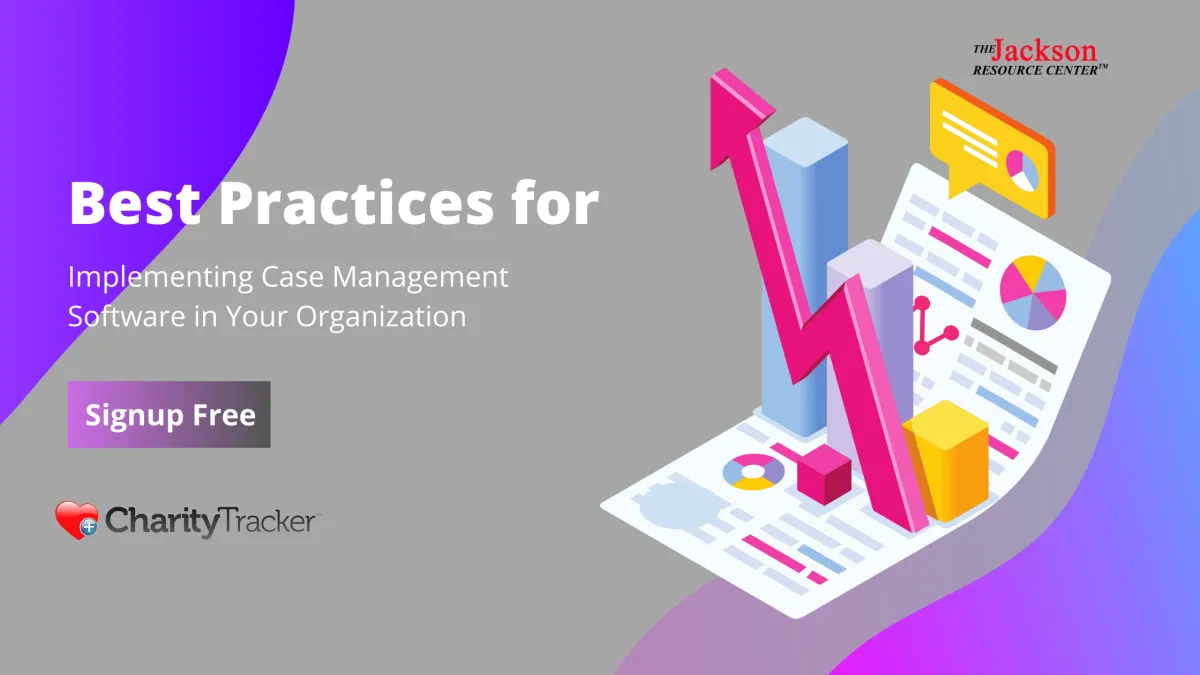
Job Openings

Best Practices for Implementing Case Management Software in Your Organization

Best Practices for Implementing Case Management Software in Your Organization
Adopting case management software like Charity Tracker can significantly enhance the efficiency and effectiveness of nonprofit organizations. However, the transition to such systems involves careful planning and execution. This post provides a guide on the best practices for implementing case management software, covering essential topics like data security, user training, and maximizing software features to benefit client services.
1. Careful Planning and Needs Assessment:
Before implementing any case management software, it's crucial to conduct a thorough needs assessment. Understand what specific challenges your organization faces and what features are necessary to address those challenges. This initial step helps ensure that the selected software aligns well with your organization’s operational needs and goals.
2. Data Security Measures:
One of the most critical aspects of any case management software is data security. Ensure that the software complies with relevant data protection regulations such as HIPAA in the U.S. or GDPR in Europe if applicable. Best practices include role-based access controls, regular software updates, and secure data encryption both at rest and in transit.
3. Comprehensive User Training:
Successful implementation heavily depends on how well the staff can use the new system. Invest in comprehensive training programs that cover all features of the software. It’s beneficial to conduct regular training sessions and refresher courses to help staff stay updated on new features and best practices for using the software efficiently.
4. Customization for Your Needs:
Many case management systems, including Charity Tracker, offer customization options to better fit your specific operational requirements. Customize forms, reports, and data fields to reflect the information that is most relevant to your services. Tailoring the software to your organization’s workflow can significantly enhance productivity and user adoption.
5. Integrating with Other Systems:
To maximize efficiency, ensure that your case management software integrates seamlessly with other systems used by your organization, such as fundraising databases or email marketing tools. Integration facilitates a unified approach to data management, reducing the need for duplicate data entry and minimizing errors.
6. Regular Evaluation and Feedback:
Implementing software is an ongoing process. Regularly evaluate the system’s performance and gather feedback from users to identify areas for improvement. This feedback loop is crucial for adapting the system to changing needs and resolving any issues that users may encounter.
Implementing case management software like Charity Tracker offers numerous benefits, from improved data management to enhanced service delivery. By following these best practices, your organization can ensure a smooth transition to the new system and a substantial return on investment. Embracing technology is key to enhancing operational efficiencies and ultimately better serving your community.
For more detailed guidance on setting up and using Charity Tracker, visit their setup guide. For additional insights on nonprofit software best practices, consider exploring resources provided by TechSoup, which is dedicated to helping nonprofits navigate technology decisions.